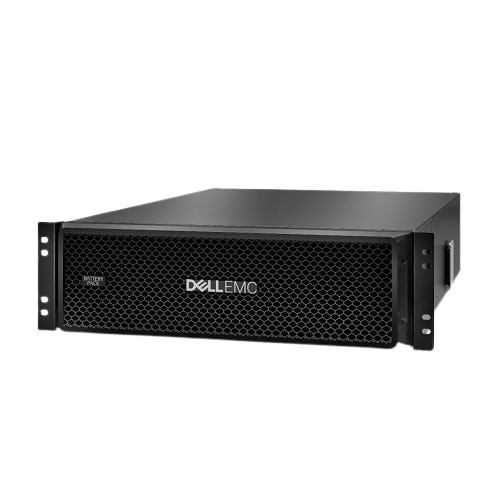
In today’s fast-paced world, where we rely heavily on technology for everyday tasks, ensuring a constant and reliable power supply is crucial. Uninterruptible Power Supply systems, commonly known as UPS, offer a safety net against power outages, surges, and fluctuations. At the heart of these systems are UPS batteries, which play a vital role in providing backup power and ensuring the smooth functioning of devices in critical moments.
UPS Battery
Understanding how to maximize the potential of UPS batteries can significantly enhance their performance and lifespan. From selecting the right type of battery to implementing effective maintenance practices, there are several ways to ensure that these power sources operate at their best. In this article, we will explore various strategies and tips for getting the most out of your UPS batteries, ultimately helping you safeguard your valuable equipment and data.
Understanding UPS Battery Technology
Uninterruptible Power Supply (UPS) batteries are essential components that provide backup power during electrical outages. They help ensure that critical devices, servers, and systems remain operational, preventing data loss and protecting sensitive equipment. UPS systems typically use lead-acid or lithium-ion batteries, each with its own set of advantages and limitations. Understanding these technologies is crucial for selecting the right UPS system for specific needs.
Lead-acid batteries have been a staple in UPS systems for many years due to their reliability and cost-effectiveness. They come in sealed and flooded varieties, with sealed types being more common in UPS applications for their maintenance-free operation. However, their lifespan is generally shorter compared to lithium-ion batteries, making them a less favorable choice for long-term use in environments with frequent power interruptions.
Lithium-ion batteries are gaining popularity for UPS applications due to their longer lifespan, lighter weight, and faster charging capabilities. They offer higher energy density, which means they can store more energy in a smaller footprint. Despite their higher initial cost, the long-term savings and improved performance can make them a better investment for many businesses. As technology advances, lithium-ion batteries are becoming increasingly prevalent in modern UPS solutions, reflecting the shift towards more efficient and sustainable backup power options.
Maximizing Battery Lifespan and Efficiency
To maximize the lifespan and efficiency of UPS batteries, regular maintenance is essential. This includes checking the battery connections, ensuring they are clean and tight, and inspecting for any signs of corrosion. Keeping the battery terminals free of dirt and grime can significantly enhance performance. Additionally, implementing a consistent cleaning schedule will help to prevent buildup that can impact operation.
Temperature control plays a crucial role in battery longevity. UPS batteries should be stored and operated in a cool, dry environment, ideally between 20 and 25 degrees Celsius. Extreme temperatures, whether hot or cold, can negatively affect battery performance and reduce overall lifespan. Investing in climate control solutions for the area where UPS systems are housed can be a wise decision to maintain optimal conditions for battery health.
Lastly, utilizing smart charging technology can further enhance the efficiency of UPS batteries. Modern UPS systems often come equipped with advanced features that optimize charging cycles, preventing overcharging and excessive discharging. Regularly monitoring the state of charge and using energy-saving modes when possible contributes to improved battery performance and longevity. Understanding and leveraging these features can significantly impact the operational efficiency of UPS batteries.
Future Trends in UPS Battery Solutions
As technology continues to evolve, UPS battery solutions are poised to undergo significant transformations. One of the most promising trends is the shift towards lithium-ion batteries, which offer a higher energy density and longer life compared to traditional lead-acid batteries. This transition not only improves performance but also reduces the overall footprint of the UPS systems, making them more suitable for various environments. As more industries recognize the benefits of lithium-ion technology, we can expect to see wider adoption in critical applications.
Another noteworthy trend is the integration of smart technology within UPS systems. These advancements will allow for better monitoring and management of battery performance, enabling users to optimize their energy usage and predict maintenance needs. By utilizing data analytics and the Internet of Things, businesses can enhance the reliability of their power backup solutions and minimize downtime. This smart integration will be crucial for industries that rely on continuous power supply, such as data centers and healthcare facilities.
Lastly, sustainability is becoming a key driver in the development of UPS battery solutions. With increasing regulations on environmental impact, manufacturers are focusing on creating eco-friendly batteries that reduce waste and promote recycling. The future may see innovations in battery chemistry, leading to more sustainable materials and production processes. This trend will not only benefit the environment but also cater to the growing demand for green energy solutions among consumers and businesses alike.
















